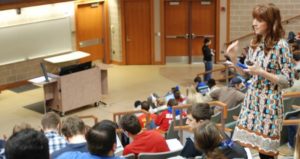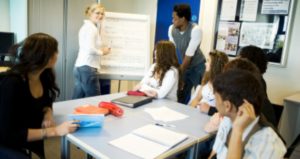What Fitness Bands Can Teach Us about Classroom Assessment
A colleague of mine recently engaged with a new technology tool that has changed her life. She purchased and became a vigilant user of the fitness band. This wristband tracks her movement and sleep. Although fitness bands are cool tech tools, their “magic” is rooted in the continuous feedback they provide on one’s progress toward fitness goals determined by age, height/weight, and activity level. This amazing device has helped my colleague lose 40 pounds and increase her activity level fourfold in the last seven months. Watching her response and seeing her success have caused me to revisit what we know about the power of formative assessment as a learning tool.









